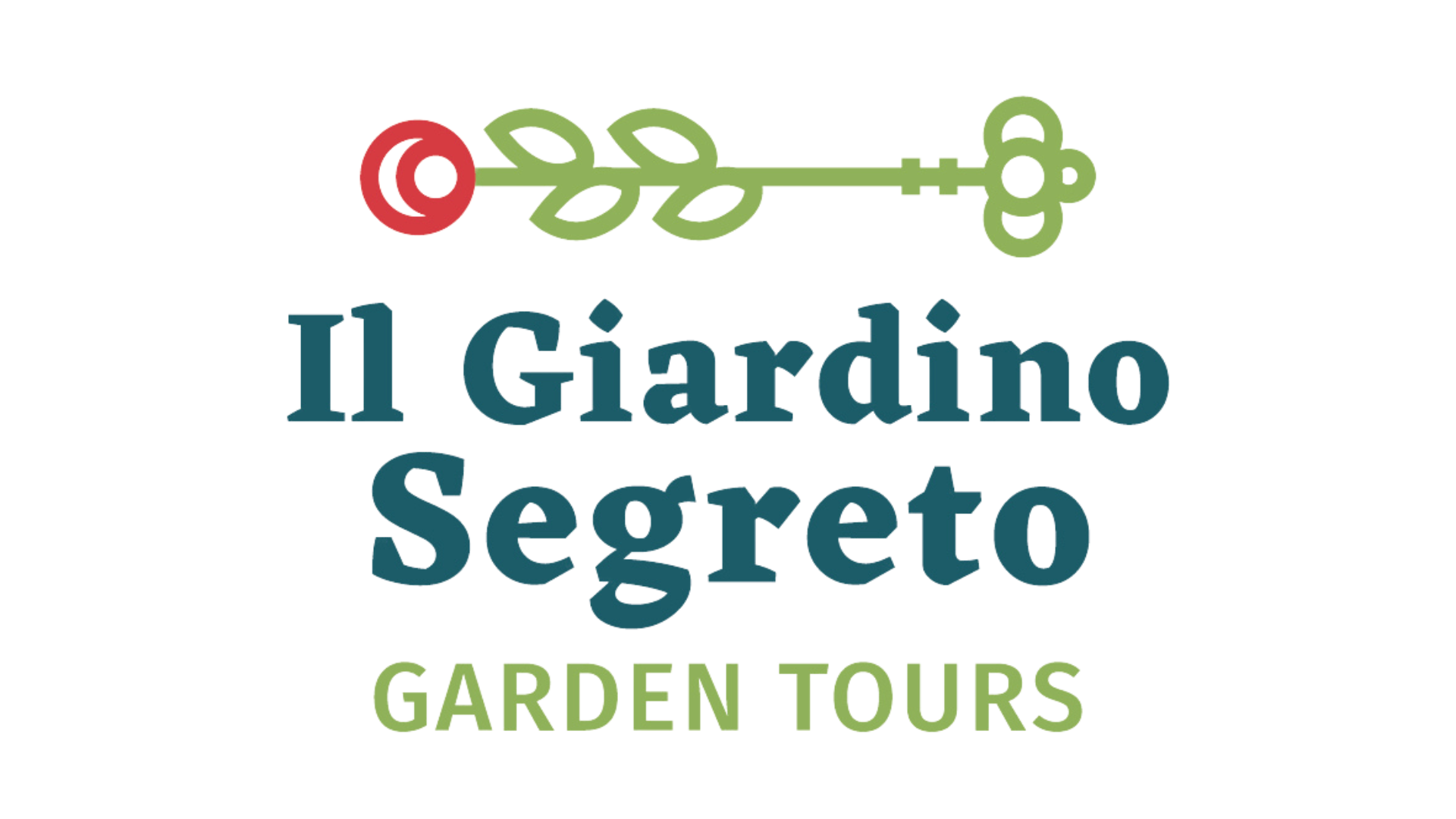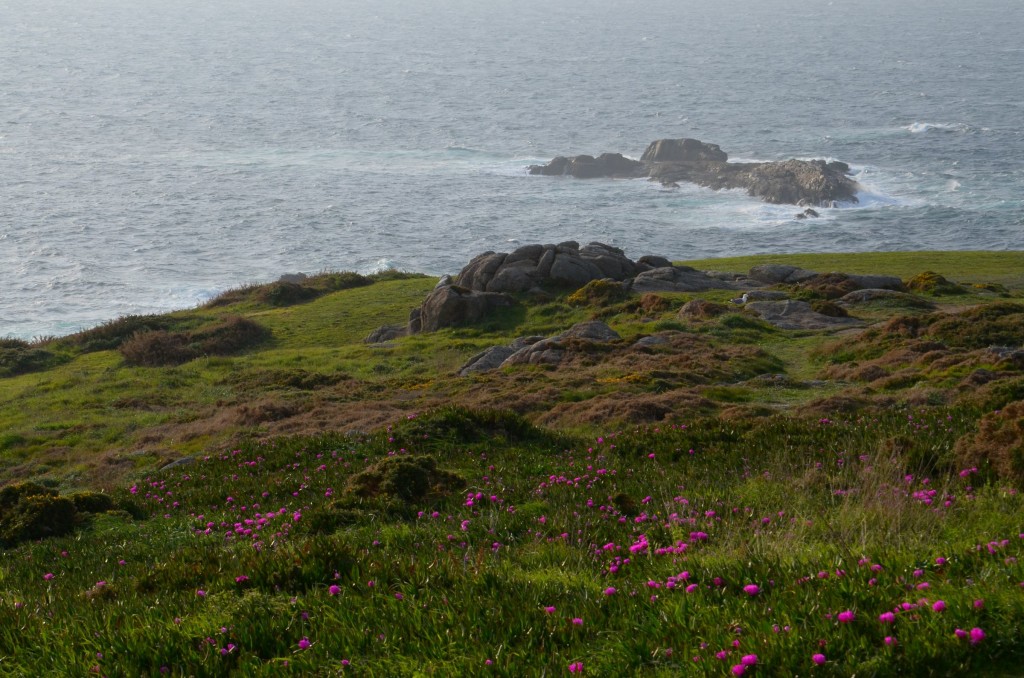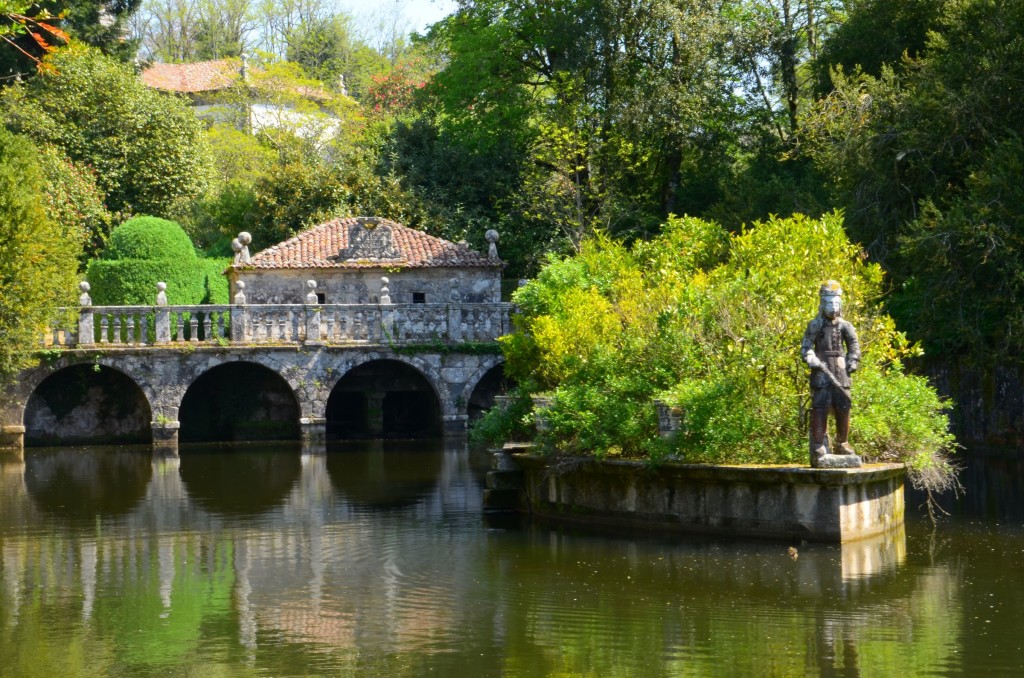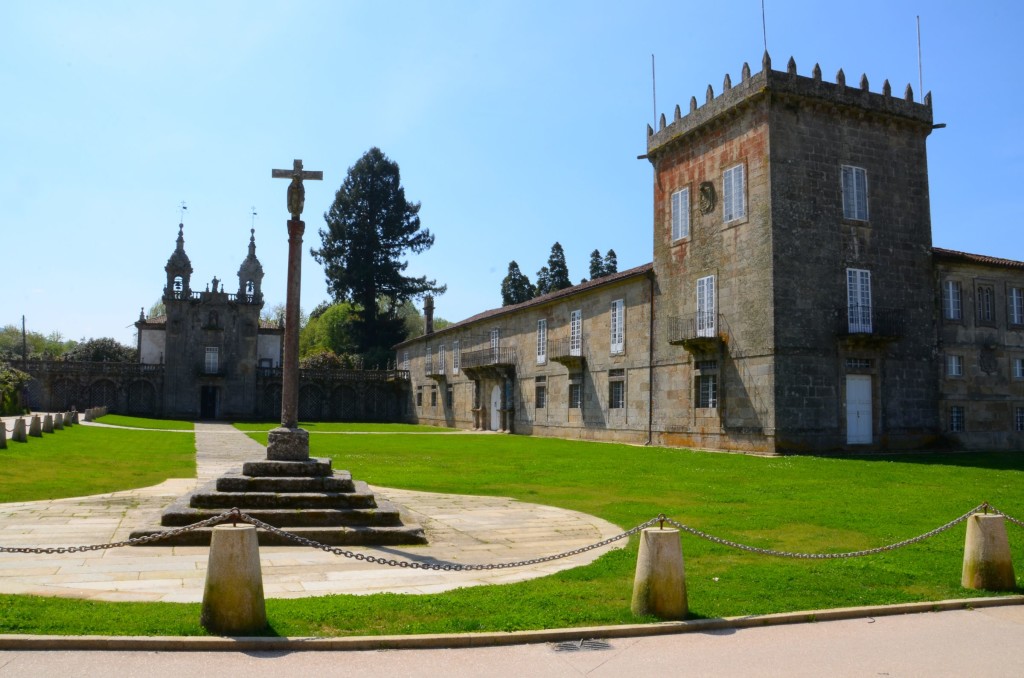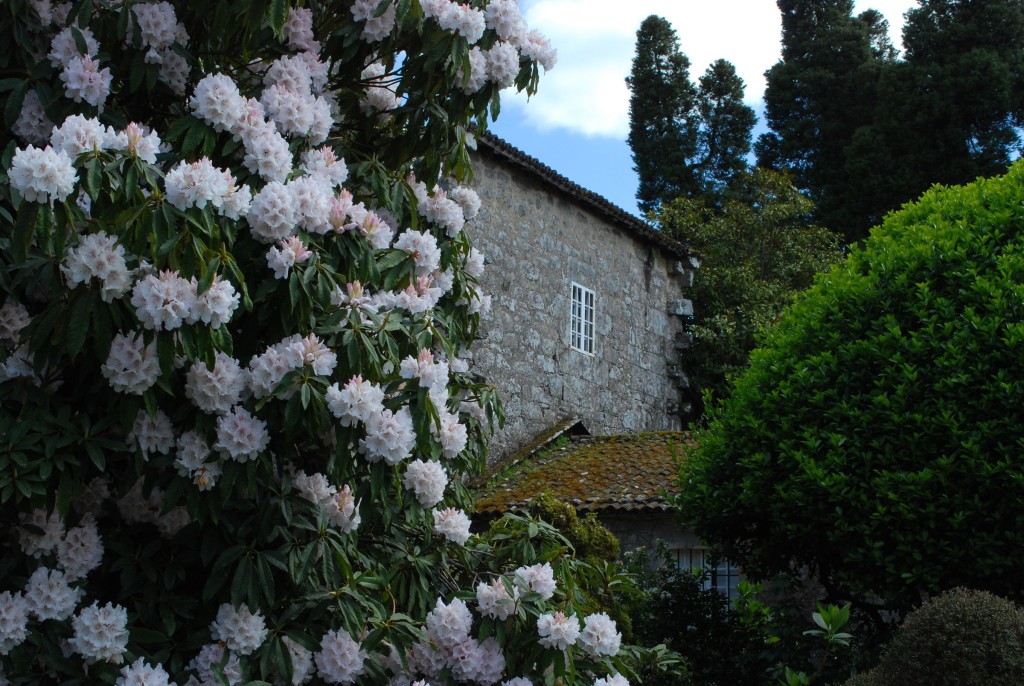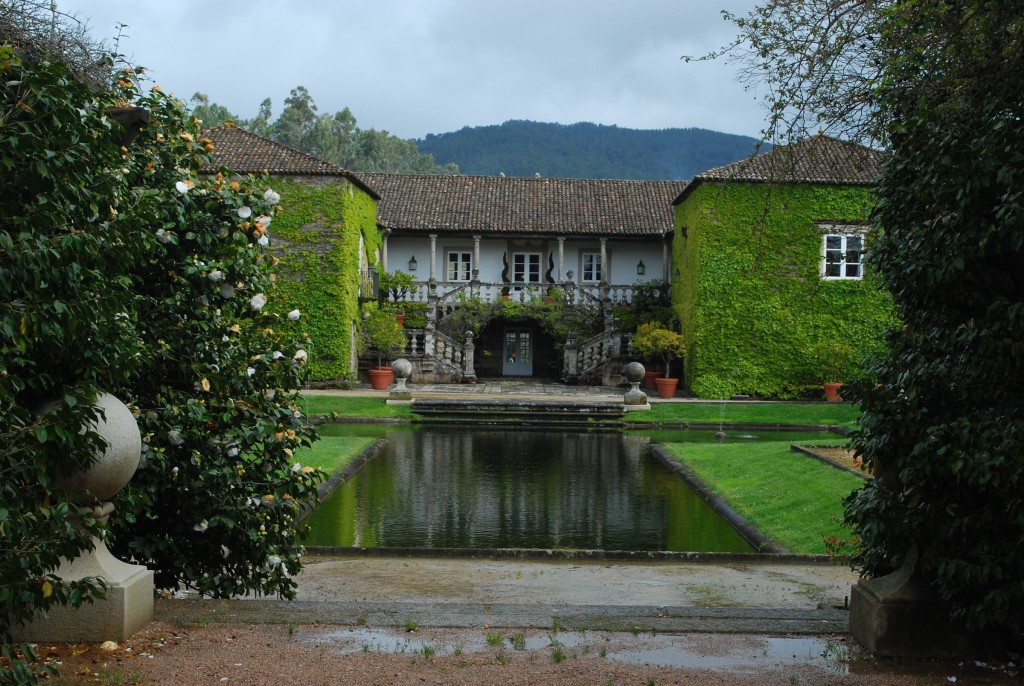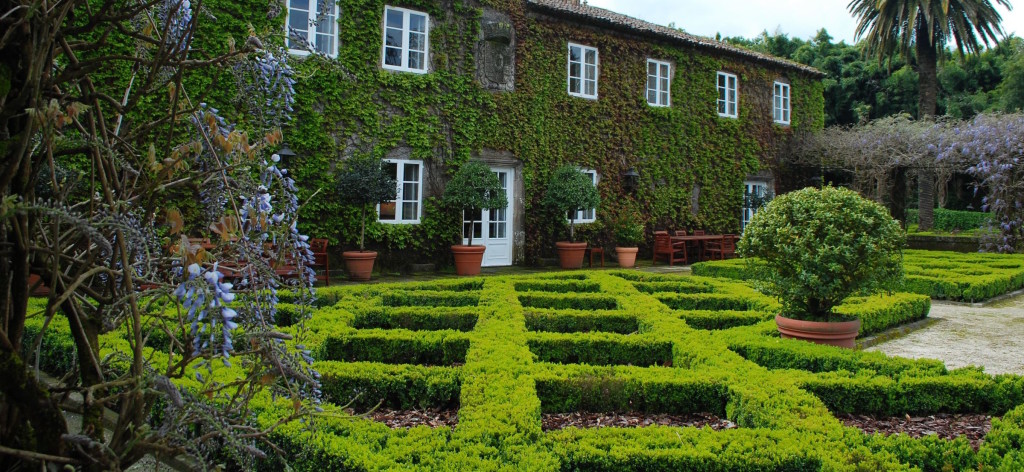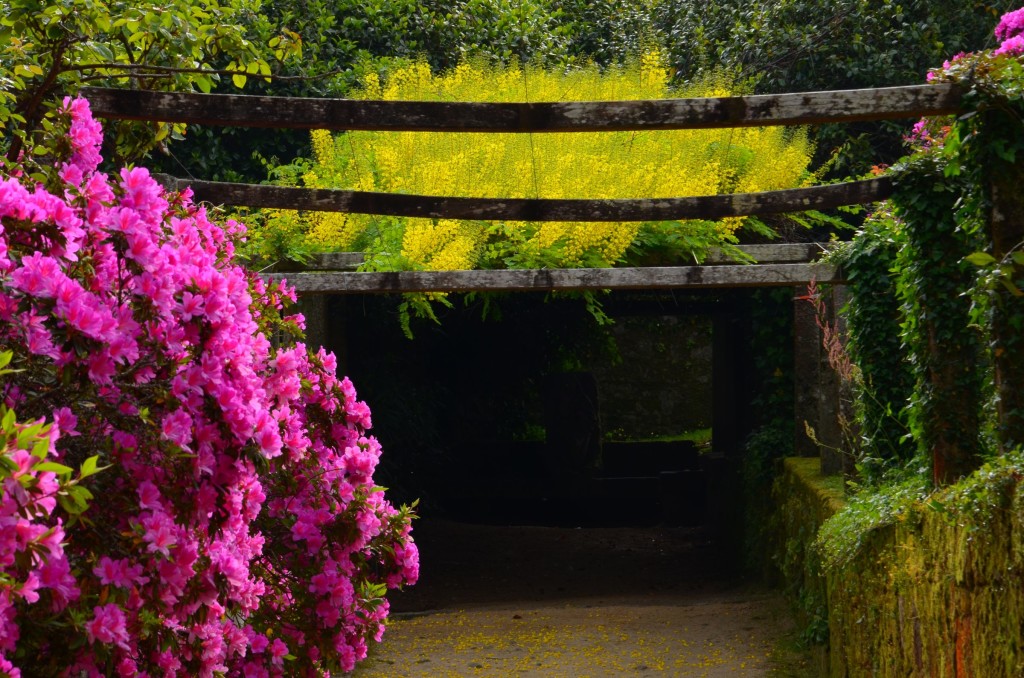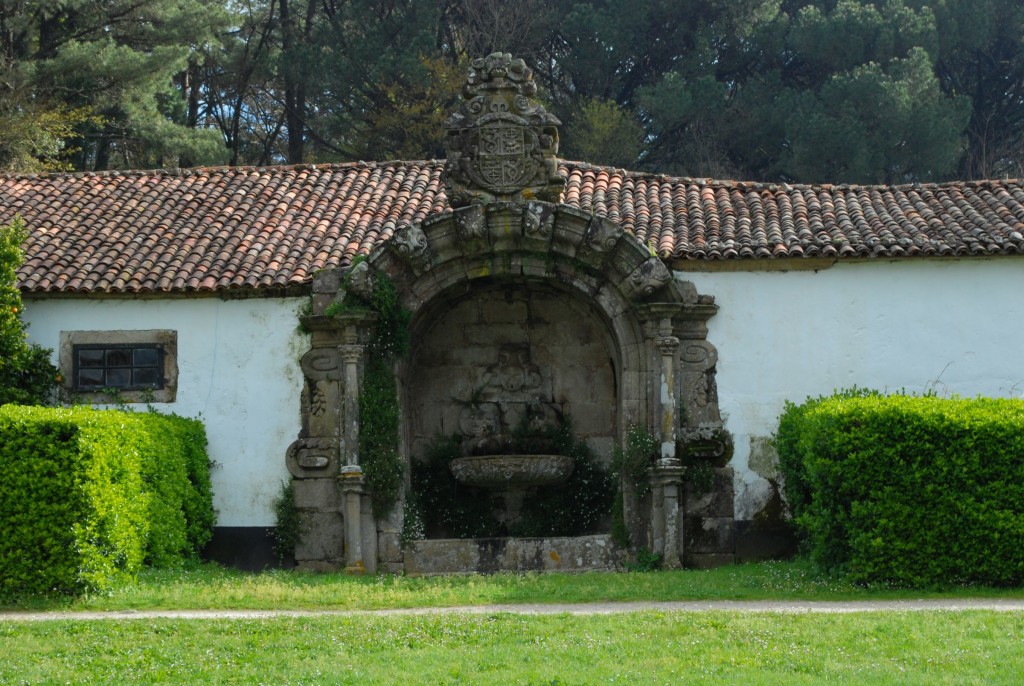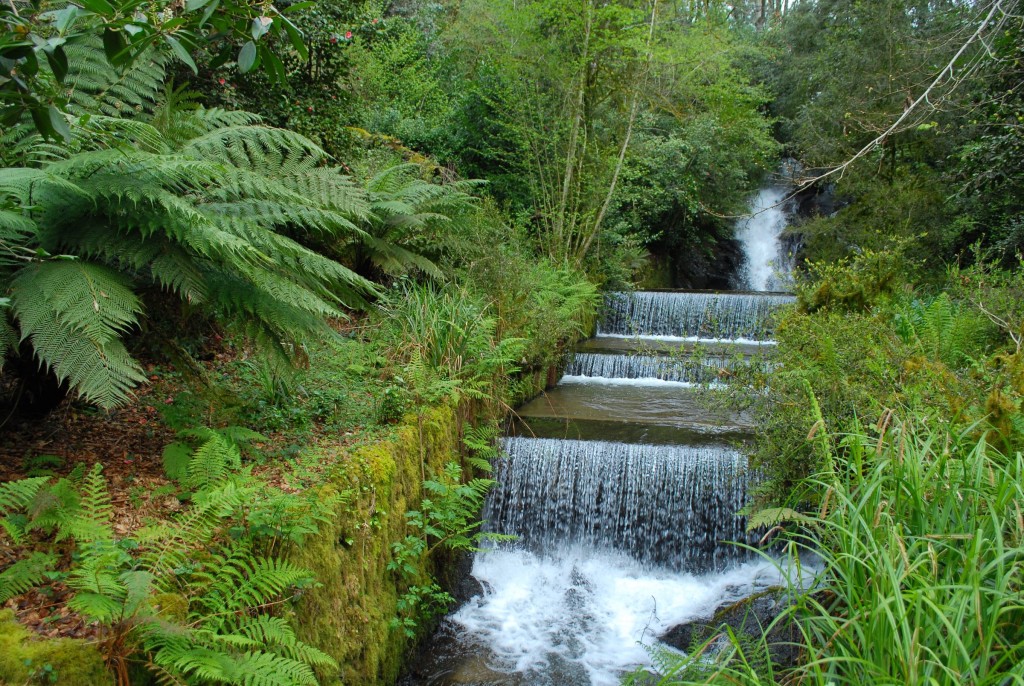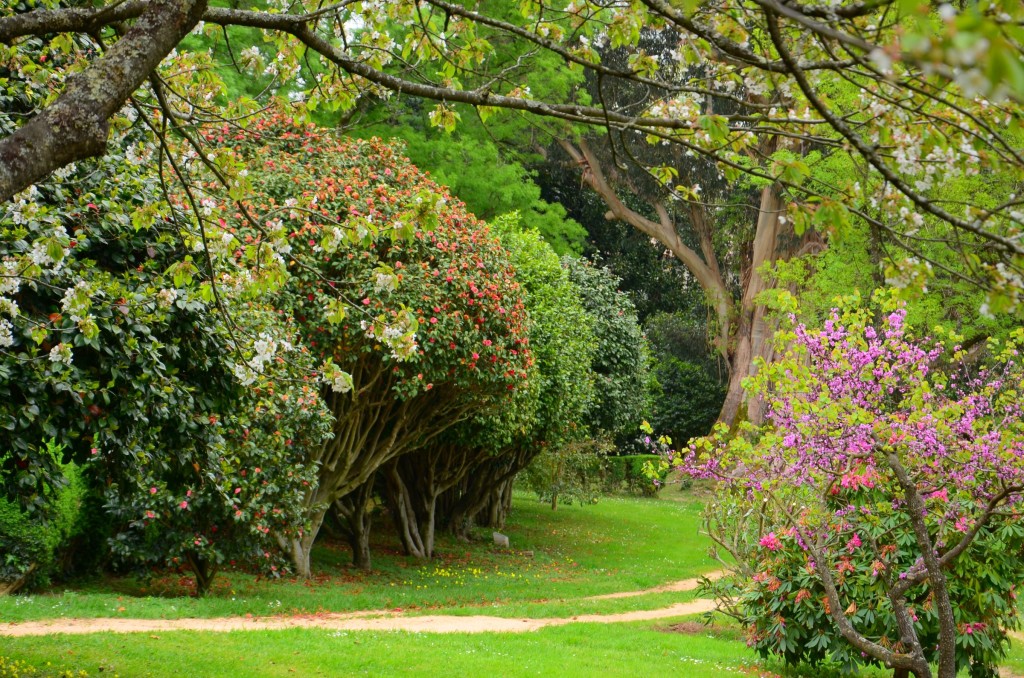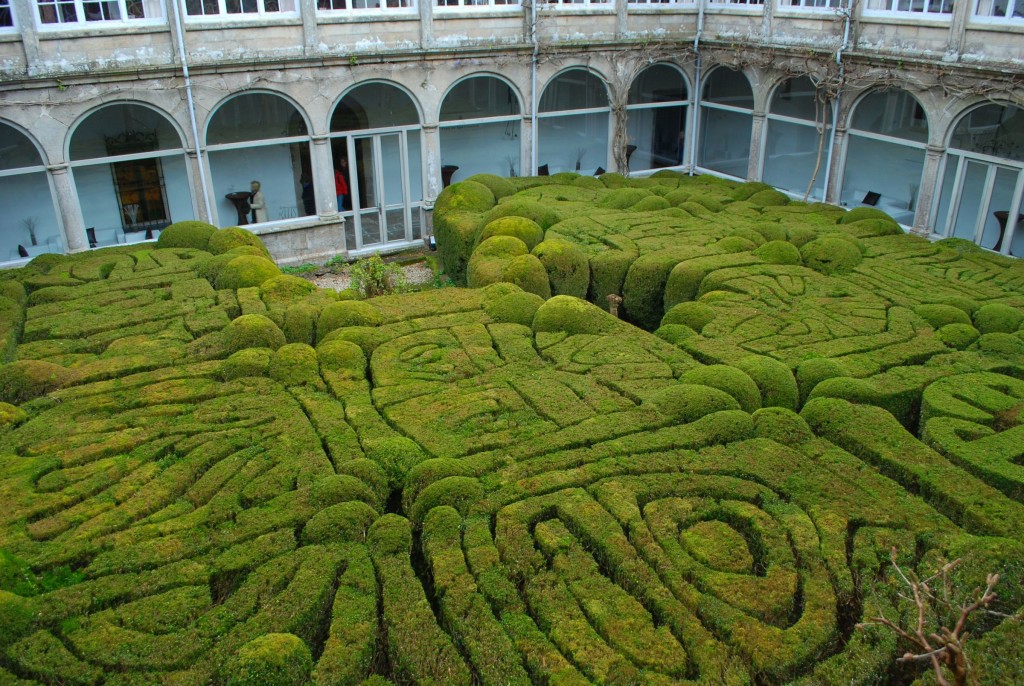

ITINERARY
TOUR IN GALICIA
Land of Camellias
Day 1
Arrival at the airport or train station of Porto.
Here you will meet the local guide and the tour leader Dr. Maurizio Usai, landscape architect. Departure for Santiago de Compostela by private bus.
Along the way stop at the historic city of Braga for a visit to the Palácio dos Biscainhos and its gardens.
The baroque palace was built in the XVII century at the behest of Constantine Ribeiro, one of the most important pople of Braga, and subsequently restored by the famous architect Manuel Fernandes de Silva.
In the late evening check in to Parador Hostal Reyes Catolicos ***** in Santiago.
Dinner in the exclusive hotel’s restaurant.
Day 2
Breakfast in hotel.
Departure for Vedra and visit to Santa Cruz de Rivadulla Palace, where we can admire a unique collection of camellias whose origins date back to the beginning of the XIX century; this collection can be considered the best of Galicia, because it includes at least five hundred different varieties. It is exciting to see them in full bloom, especially in the Carrera de la Novias and Carrera Grande, avenues that display 72 great specimens. Other elements to mention are the avenue of old-age olives, probably of the XVI century, unique in northern Spain, the waterfall and the road of boxes, a spectacular tunnel flanked by huge shrubs of this species.
Transfer to De Vista Alegre Palace, an elegant place where we can enjoy a pleasant walk between azaleas and centenarian bougainvilleas, in a botanical complex of 18,000 square meters, where natural springs apper all over the area.
Time for lunch, (included), inside the property.
Afterward, visit to the legendary Pazo de Oca owned by the Duke of Segorbe. It is perhaps the prime representative example of architecture of the typical palaces of Galicia, a remarkable complex for architectural and botanical wealth. Its origins date back to the 13th century, but its present appearance is largely the result of the transformation which the property went through in the XVIII century, when the beautiful gardens surrounding the residence were realized. In this environment, the water becomes the prime element, collected in two large ponds. In the middle of it there is an island in the shape of a boat and two sailors. The boat and the sailors are carved in a rock.
Return to the hotel and dinner.
Day 3
Breakfast in hotel and check out.
Visit to Santiago del Pazo di San Lorenzo, an example of medieval monastery transformed into a noble residence. The origin of this building dates back to the XIII century, when Martín Arias, Bishop of Zamora, founded a hermitage dedicated to Saint Lorenzo, later transformed into a modest retreat of the Franciscan Order, surrounded by dense vegetation. The palace features gardens with great wealth and botanical variety. But a particular element of the palace is the cloister. This space in the shape of a square, surrounded by a porch on the lower floor and a veranda on the upper floor, features a walkway along the perimeter, which encloses a garden of trimmed bushes that form many shapes. Over the years, in fact they have become strange hieroglyphs whose meaning is difficult to decipher.
Thereafter, we take a guided walk in the center of Santiago de Compostela, where in the IX century, the Bishop Theodomine discovered the tomb of Archbishop Giacomo in which, according to a prophecy, a star would have shown here, (Campus stellae, from which Compostela takes the name). The city is famous for its cultural, architectural and religious significance.At 12.00, we attend the Pilgrim’s Mass at the Cathedral of Santiago with the ritual of the “Botafumeiro”: a gigantic censer hanging on a rope, leans towards the center of the church. It swings between the arms of the transept; it takes the speed thanks to the work of eight men, called the tiraboleiros, who move the rope.Time for lunch in the center of Santiago.In the afternoon departure for Cambados to visit Pazo de Fefiñanes, with its cellar, where you will be offered a wine tasting. Built in the XVII century by Don Juan Sarmiento Valladares, Councilor of Philip II, the palace features a harmonious structure with its classic porch and a tower in classic style. In the XVII century some restoration works were carried out to enrich the structure commissioned by Gonzalo Vallardes. Later, the palace was handed over to the Marquis Figueroa, whose coast of arms is on the facade of Pazo.Departure for Pontevedra, with stop at Combarro to admire the Horreos coast (granaries). On top of the granite surface, there are the sailors’ houses adorned with low relief sculptures realized with chisel . Beautiful are the balconies of baroque stone inspired by the architecture of the ancient structures. The hòrreos are characteristic structures of Asturias and Galicia. In the area between Santiago and Finisterre the horreos are one of a kind because are made of dry stone. There are around thirty, and this part of Galicia collects more Herroes than other areas. Their coastal location is really appealing. Check in to Parador de Pontevedra ****.Dinner in hotel.
Day 4
Breakfast in hotel.Full excursion to a circuit of beautiful palaces with gardens and camellias in the territory of Pontevedra.Visit to the beautiful Pazo Quinteiro da Cruz, with its extraordinary collection of camellias. The palace represents a remarkable example of Galician neoclassical aristocratic architecture. The gardens were designed at the end of the 19th century by Dorgambide, a landscaped architect of French origin, and a part was later created at the behest of the owner, who wanted to include an extraordinary collection of camellias and other plants from different parts of the world.Lunch in the fascinating and lesser-known city of Pontevedra, which has developed around the sea and its activities, since the Roman rule. A maze of cobbled alleys and squares are embraced by beautiful porches. After lunch, visit to Pazo de Saleta, whose garden is largely the result of the zeal of the gardener Robert Gimson. In 1968, an English couple received the task of planting numerous exotic plants in the gardens, including camellias. Since then, more than 200 varieties reign over this place.Next, visit to Pazo de Rubiáns, a beautiful medieval residence that preserves age-old yellow, white, fuchsia and red camellias. It features the famous “Eugenia de Montijo” variety, so called in honor of the empress with red hair born in Granada. At the end of the visit, stop at De La Toja Island for dinner in the Rias Gallegas restaurant along the sea. Return to the Hotel.
Day 5
Breakfast in hotel and check out.Transfer to Vigo, a characteristic town along the sea. We will visit El pazo museo Quiñones de León, where we will be able to admire the largest collection of Galician paintings and magical gardens, with a beautiful boulevard flanked by double rows of camellias dedicated to the scholar Antonio Odorizola.Time for independent lunch. In the afternoon transfer to Porto.In the evening arrival and check in to Residenza Carris Porto Ribeira **** in the heart of the old town centre with views over the Douro River.Dinner at the restaurant O Commercial, an elegant place located in an old building of the center.Return to the hotel.
Day 6
Breakfast in hotel and check out. In the morning transfer to Vila Real for visiting the Fundação Casa de Mateus and its gardens. Casa de Mateus is a building which dates back to the first half of the XVIII century, designed by Nicolás Masoni. It is considered the main work of Portuguese baroque architecture, and today it is a museum with several rooms filled with antique furniture, many silver and ceramic objects, paintings of the XVII and XVIII centuries and a library.The house is run by the Foundation Casa de Mateus, where musical and artistic events are organized. Beautiful are the gardens that surround it with trees, flowers, lakes and well-looked after fountains.Lunch at the exclusive Quinta De Paco restaurant at Villa Real Casa Mateus. Departure from the airport or Porto Train Station. End of the tour.
